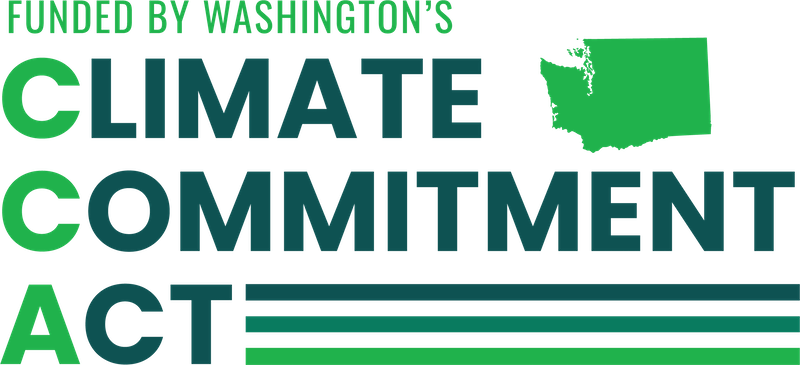What is the cost of climate action?
That is a trick question. Climate action doesn’t cost – it pays.
Deloitte says “this once-in-a-generation transformation could result in $3 trillion (in present-value terms) added to the U.S. economy over the next 50 years”.
According to the International Energy Agency (IEA), clean energy is boosting economic growth. Their analysis looks at three categories of activity in the clean energy sector:
- Manufacturing of clean energy technologies: investment in clean energy manufacturing, covering the value chains for solar PV, wind power and battery manufacturing
- Deployment of clean power capacity: investment in deployment of clean electricity generation capacity – such as solar PV, wind power, nuclear power and battery storage – and in electricity networks
- Clean equipment sales: sales of electric cars (EVs) and heat pumps.
The IEA analysis finds that:
“GDP in the United States grew by a robust 2.5% in 2023. Clean energy was an important contributor: The Inflation Reduction Act and the Bipartisan Infrastructure Law drove a surge in investment in clean energy manufacturing, and sales of EVs also grew strongly. Consequently, clean energy growth accounted for around 6% of GDP growth in the world’s largest economy in 2023. This is comparable in scale to the contribution to GDP growth in 2023 from the United States’ booming, artificial-intelligence-driven digital economy.”
Why does the transformation from dirty fossil fuels to clean electricity provide such a strong economic boost? Think: Efficiency.
Did you know? Two-thirds of the energy we use is wasted!

Thanks to the inherent efficiency of electricity, we can grow our economy at the same time as we reduce our energy consumption and lower our greenhouse gas emissions. In fact we’re already seeing this:


Here in Washington state, our economy has grown almost 24% since 2005, yet over the same period greenhouse gas emissions have held relatively steady, and the amount of GHGs per person declined 15%. The state has reduced its carbon intensity as measured in terms of emissions per capita or per economic output (GDP). Relative to 2005, the amount of greenhouse gas emissions per million dollars of GDP declined 51%.
This improving energy productivity is key to Washington winning the clean economy future. Washington’s GDP was up 4.8% in 2023, and personal income rose 6.1%. Those post-CCA implementation numbers are far better than they were for 2022 (pre-CCA) and catapulted us into the top 10 among all states.
GDP isn’t the only metric that’s going up in Washington state as emissions per-person decline. Job numbers are going up too, and are projected to grow even faster as the clean energy transition accelerates:

The Net-Zero Northwest Workforce-Washington analysis projects net job growth in every sector – electricity, fuels, buildings, and transportation – 14% overall from 2021 to 2030.
Mark Riker, Executive Secretary of the Washington State Building and Construction Trades Council says, “ We are ready to get to work upgrading our public schools and buildings, building the 21st century energy infrastructure we know we need, and growing a clean energy economy that actually works for working people.”
Thanks to the Climate Commitment Act, climate action in Washington state is a win-win that pays.

